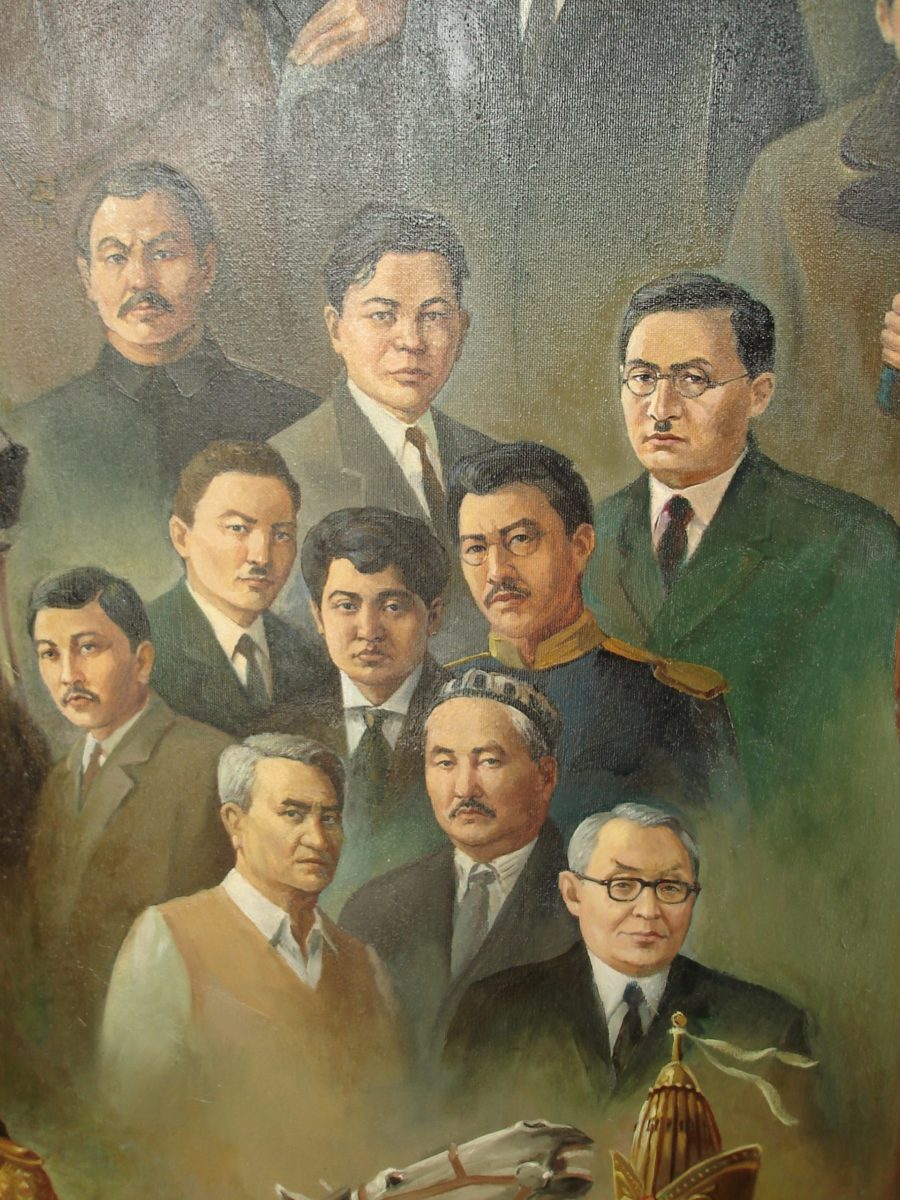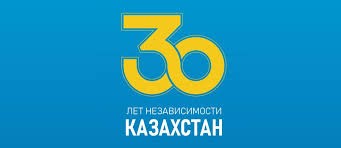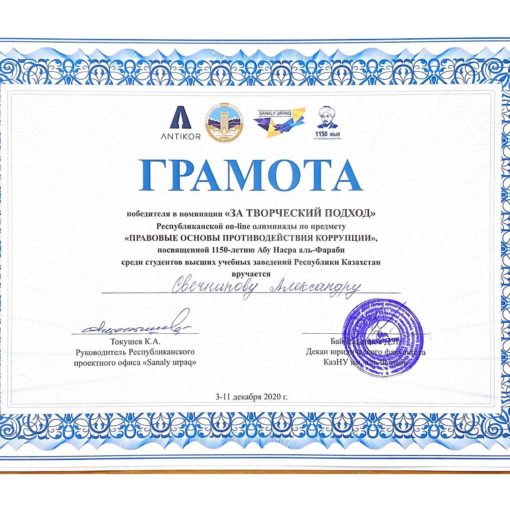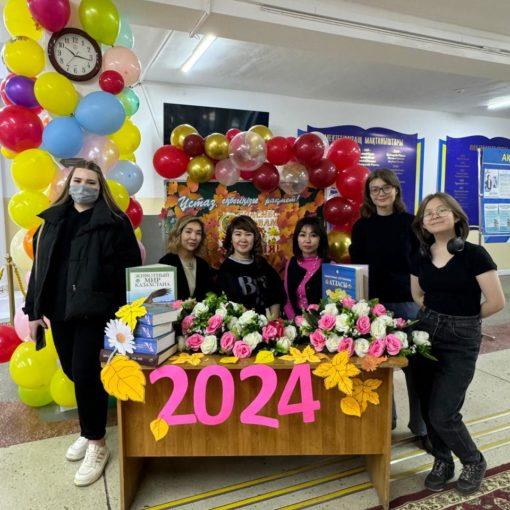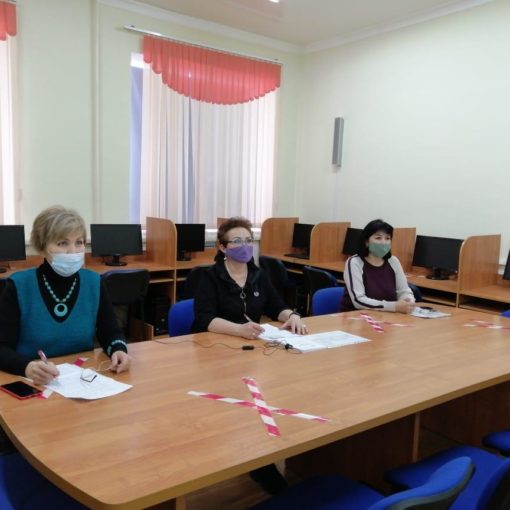In the period from 1921 to 1954 in Kazakhstan 100 thousand people were convicted, to 25 thousand of them the capital punishment – shooting was applied.
For 1930-1940th years there were also mass deportations of the whole nations to Kazakhstan. In autumn 1937, hundreds of thousands of Koreans, Turks, Iranians, Kurds and Azerbaijanis were resettled in the republic. Also during the Great Patriotic War Germans, Greeks, Chechens, Ingush, Karachais, Balkars, Crimean Tatars and other peoples were deported to the country. Their number is estimated at 1 million 200 thousand people.
In the 1920s, the USSR was engaged in a fierce ideological and political struggle for the further development of society. The complexity of the socio-political situation in Kazakhstan in 1920-1940 was determined by the events and peculiarities of the acute struggle for political leadership between Lenin’s successors. Stalin, L. Trotsky and others. At the same time, these are tragic events: famine and mass repressions, persecution and forced deportation of innocent people by a regime that has been branded as totalitarian forever.
The policy of pressure on the public of the republic intensified and became especially tough with the arrival of F.I. Goloschekin, who was sent in September 1925 to the post of First Secretary of the Kazkaikom of the All-Union Communist Party of Bolsheviks. The pressure of hysteria and persecution of local cadres especially intensified during the work of N. Ezhov, who was appointed the head of organizational and instructional department of the Kazakh regional party committee.
The end of the 1920s-1930s was characterized by a gradual increase in political repressions, which took on a mass character. Search of “enemies of people”, intolerance to dissent, strengthening of personality cult of I. Stalin, and in Kazakhstan – also Goloshchekin became a result of physical destruction of national intelligentsia, governing structure of the republic.

At the end of 1928, almost all of the so-called “bourgeois nationalists” – former Alash Orda figures were arrested on false charges. Any means, up to direct provocations and arrests of family members, were used to launch criminal proceedings against former Alash party representatives. The following prominent figures of science and culture were repressed: A. Baitursynov, A. Bokeikhanov, M. Dulatov, M. Tynyshpaev, M. Zhumabaev, S. Seyfullin, I. Zhansugurov, B. Mailin, S. Asfendiyarov and many others. S. Hodzhanov, U. Isayev, T. Ryskulov, S. Sadvakasov, O. Zhandosov and others were accused of “national fascism”, the crisis of agriculture, links with Japanese intelligence, spying. During this period, were shot Aimautov J., A. Baidildildin, D. Adilev, the rest were sentenced to various terms of imprisonment. Some of them (M. Dulatov and others) died in the camps, the rest (A. Baitursynov, M. Zhumabayev and others), having served their sentences, in 1937 were repeatedly prosecuted for participation in the activities of Alash Orda and shot in 1937-1938.

Another group of national intellectuals – about 40 people. – was arrested in September-October 1930. Soon 15 of them (M. Tynyshpaev, J. Akpaev, X. Dosmukhamedov, K. Kemengerov and others) were exiled to the Central Black Earth region of Russia. In this situation Stalin and his comrades-in-arms decided to put an end to the possible opposition not only in the center, but also in the national republics. As evidenced by the cases of so-called “national-fascists”, repressed in 1937-1938, among the fabricated cases were those who once defended the interests of Kazakhstan, openly protesting the mass death of the Kazakh population in 1931-1933.
Indicative trials of 1937 were held in Urjar, Presnovsky and other regions of the republic. The trial of A. Asylbekov, N. Nurseitov, M. Gataulin and other leaders of Karaganda region, which took place in November 1937, received a great resonance.
However, the fate of the majority of “enemies of the people” was decided secretly at the sessions of the Military Collegium of the Supreme Court of the USSR, at the Special Meetings of the NKVD and the so-called “three” and “two”.

Kazakhstanis were often accused of being Japanese (sometimes German) spies, which was confirmed only by their own “confessions” of the accused and convicted persons in the absence of other evidence in the cases. Allegations of anti-Soviet agitation and propaganda were common, based mainly on denunciations by neighbours, coworkers, acquaintances and even relatives.
In Kazakhstan, accusations of nationalism, national evasion and the establishment of nationalist organizations that allegedly sought to separate the republic from the USSR were widely practiced. Many people were repressed on charges of preparing and committing terrorist acts, sabotage, sabotage, and countering the normal activities of state institutions and enterprises for the purpose of economic counterrevolution.
At the end of the 1930s and beginning of the 1940s the process of resettlement to Kazakhstan began of whole peoples – Koreans from the Far East, Poles from the western regions of Ukraine and Belarus, Germans from the Volga region. The forced resettlement of peoples took place on a large scale during the war. The struggle against imaginary enemies of the people promoted creation of a dense network of concentration camps of Gulag (Karlag – Karaganda camp, Steplag – Steppe camp, ALZHIR – Akmola camp of wives of traitors of the Motherland), many regions of the republic appeared surrounded by barbed wire, were guarded by army units armed to the teeth.

Nowhere in the world were there any camps like ALZHIR, where women mothers were held in inhumane conditions. ALZHIR’s barracks housed over 18,000 women. Later, places of mass burial of the executed people were discovered. One of them was accidentally discovered near Almaty in the area of Zhanalyk, where thousands of innocent victims of totalitarianism were secretly buried in 1937-1938, including famous writers and poets M. Zhumabaev, S. Seyfullin, I. Zhansugurov, B. Mailin, outstanding scientists A. Baitursynov, S. Asfendiyarov, major state and public figures, heads of farms, advanced workers.
The composition of the repressed was multinational: Kazakhs, Poles, Russians, Germans, Koreans, Uighurs, Uzbeks and others. In the mid-1950s, after Stalin’s death and Beria’s arrest, the process of review and abolition of sentences of innocent convicts who were in camps gradually began. Many began to be released, and those who had already been shot and killed were posthumously rehabilitated.
The general rehabilitation of victims of political repressions is evidence of the complete failure of the Soviet state’s repressive policy of 1920-1950s, of the groundlessness and illegality of its punitive practice. The fate of many people arrested in the 1920s-1940s is still unknown. The Stalinist era, which took away millions of innocent people in mass political repressions, will forever remain in the memory of peoples.
Source: https://www.inform.kz/ru/31-maya-v-kazahstane-den-pamyati-zhertv-politicheskih-repressiy_a2781739

